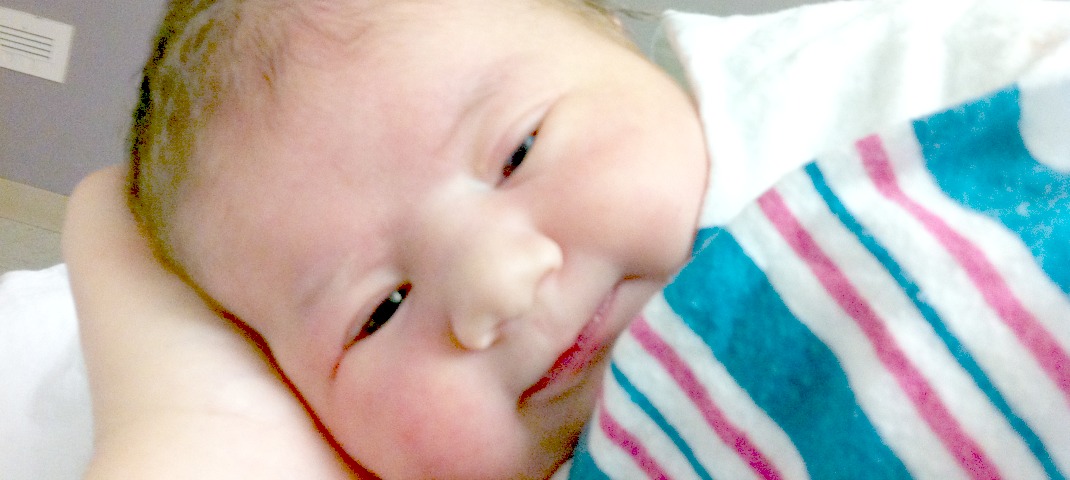To say we are the bottom of the industrialized world when it comes to paid leave has become so common place, it feels like it’s losing its shock value. But, that doesn’t make the fact that most women in this country go back to work 6 weeks after giving birth any less crazy, or that men who are welcoming new babies into their homes get the sum total of their vacation time to adjust to that new life.
But, I’m not going to talk about the need to give people more paid leave after birth or adoption, for that matter — I’d rather talk about how that leave should work in the real world.
Even for a woman who lives in New Jersey, where we get 6 extra weeks of paid leave, the system can work against you. Companies may be required to give you the time but many companies will also require that the worker use every last bit of sick and personal time available while they take that time.
This can set an employee up to fail. A woman who gives birth in January will get her total of 12 weeks of leave, but when she returns in March she will have no time left if she gets sick, if her new baby gets sick, if she might want to spend a holiday with her new baby and family.
How does this make a better worker? If she is stressed and sick and worried about caring for her child, isn’t she more likely to opt out if that’s an option for her?
If she can’t opt out, she will likely face some sort of penalties when she takes unpaid time off to care for herself or her child. This woman isn’t a bad employee, but the system has set her up to fail. Her only option is to hope her due date falls in the second half of the year.
The other piece that hasn’t been discussed is the importance of flexibility. Currently paid leave surrounding a birth must be taken in week long increments, but that may not be best way for some people to take that leave. Certainly the first 6 weeks, which is recuperation time should be taken in a block but bonding time shouldn’t be so rigid.
After eight weeks, I went back to work two days a week, using unpaid leave. I left paid leave on the table because I couldn’t use it in a way that made sense for me and my family. If woman could choose to use paid leave with more flexibility, families and businesses would be better off.
Working two days a week allowed me to ease my baby into her daycare, it reduced anxiety over going back to work and I was able to do work during a particularly busy time. Allowing women to see the leave as an opportunity to discover work-life balance instead of it being a pause button it might help businesses see the value.
Don’t get me wrong, those first few weeks are about recovery and connection, but for some when it comes to the bonding period, why does it matter if I do it in blocks of five days for three weeks or if I do it three days a week over five weeks?




